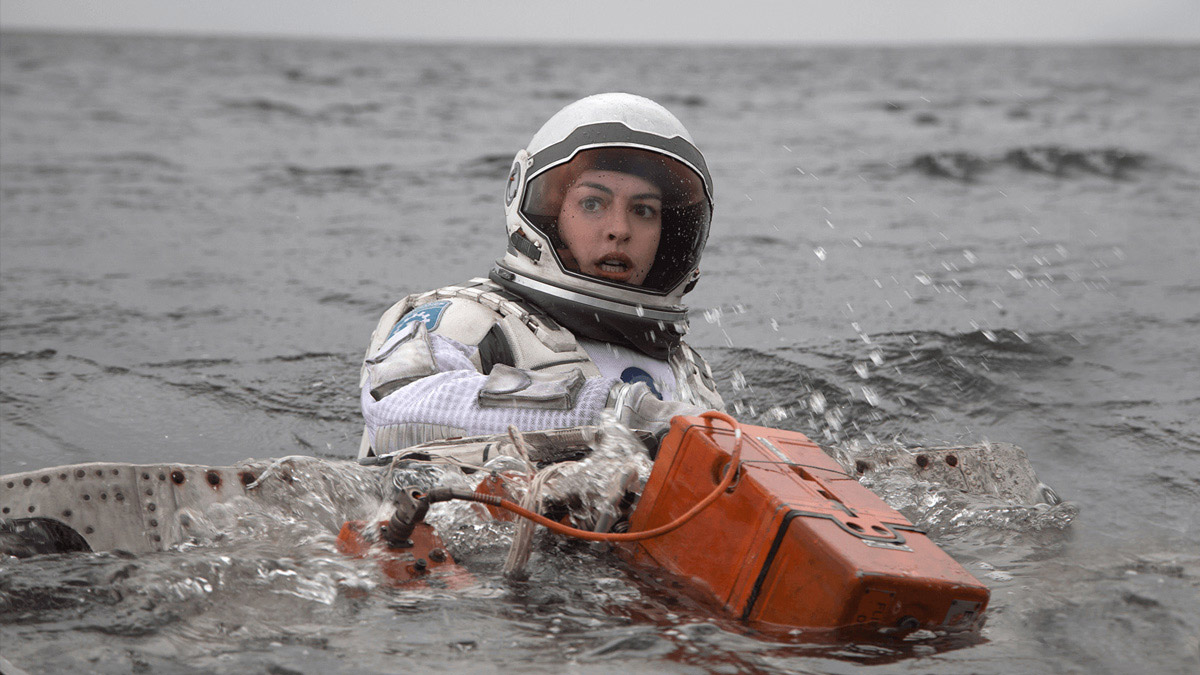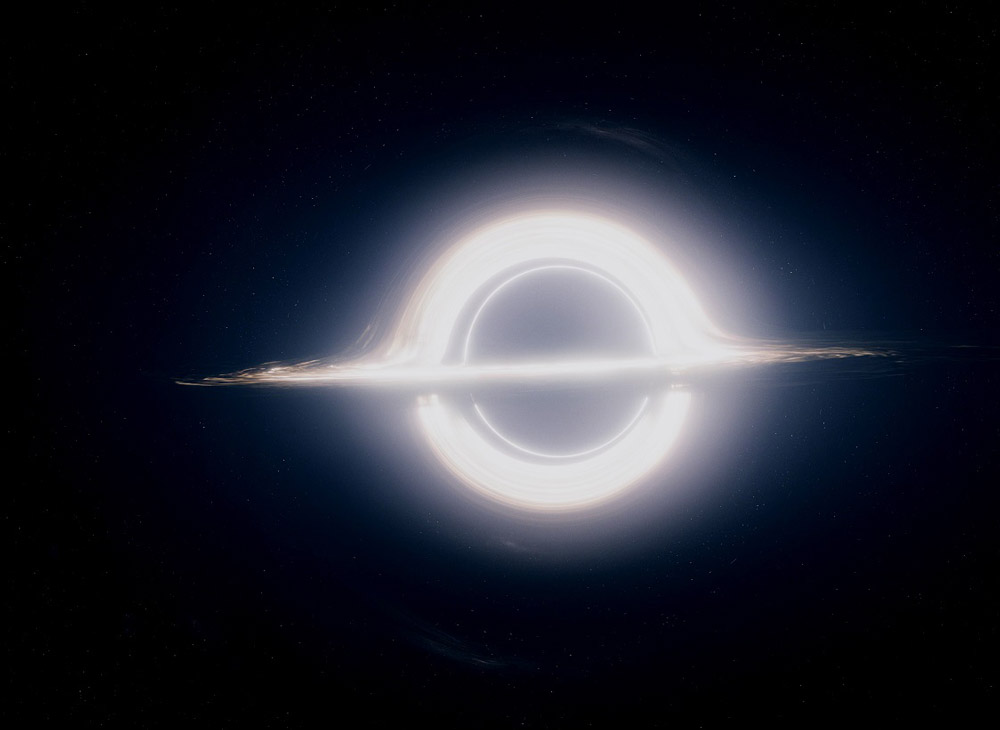
(c) 2014 Warner Bros. Entertainment, Inc. and Paramount Pictures. All Rights Reserved.
“Interstellar” A challenge to express black holes based on scientific background
2018.11.01
*This article touches on the details of the story, so if you haven't seen it yet, we recommend that you enjoy it after watching the movie.
"Interstellar" synopsis
Earth's lifespan was running out. A former engineer with a young child was chosen for a mission that exceeds the limits of humanity: finding a new habitable planet. What awaited him was a shocking universe that no one had ever seen before. Will he be able to accomplish his mission that will put the survival of humanity on the line?
Index
- About CG studio and scientific simulation
- Interior depiction of a black hole
- what is the theme of this movie
About CG studio and scientific simulation
In Interstellar, Nolan's favorite CG studio takes on the challenge of creating a black hole. Double Negative was founded in London in 1998. Double Negative was initially kept under the radar, but gained acclaim after Nolan's Inception (10) won the Academy Award for Best Visual Effects. Since then, he has won Academy Awards for Best Visual Effects in quick succession, including for `` Ex Machina '' (2015) and `` Blade Runner 2049 '' (17). In 2014, it became part of India's Prime Focus, the world's largest post-production company, and has expanded to studios in Vancouver, Montreal, Mumbai, Chennai, and Los Angeles, and has grown to 2,500 employees.
The first thing Double Negative tackled this time was a scientifically accurate depiction of wormholes. Wormhole entrances that have appeared in previous video works have been depicted as funnel-shaped, as in Star Trek: Deep Space Nine (1993). However, this is based on a schematic diagram of a three-dimensional structure translated into two dimensions. The correct representation would be a three-dimensional "sphere" that looks like a hole from any direction.

"Interstellar" (c) 2014 Warner Bros. Entertainment, Inc. and Paramount Pictures. All Rights Reserved.
The black hole, named Gargantua, is surrounded by a glowing accretion disk of gas along the equator. The accretion disk behind the black hole is also refracted by gravitational lensing , causing it to shine in a manner that surrounds the black hole's polar orbit. This kind of expression was the first time it had been depicted in a ``movie'' (*1). Double Negative does not use fantasy to create these images, but physically simulates them by solving equations provided by Thorne.
The gigantic waves reaching 1,200 meters in height that appear on ``Dr. Miller's Star'' are caused by the ebb and flow of the tides caused by Gargantua's gravitational pull, and Thorn created a physical model for this, and Double Negative simulated it. The company also created matte paintings for ``Dr. Mann's Star,'' as well as CG for Cooper Station, Saturn, and the Saturn V rocket.
*1 Accurate visualization of black holes due to gravitational lensing was achieved long before this work. NHK Special Galaxy Space The Martian Volume 3 Approaching Black Hole” (90). The person in charge was Yoshiyuki Yamashita, an assistant at the Large Computer Center at the University of Tokyo (currently a professor at Saga University's Faculty of Engineering). By the way, in this program, I am also working on a simulation of the behavior of elementary particles from the explosion of a supernova to the birth of a black hole. At that time, NHK's science documentaries were by far the best in the world.

